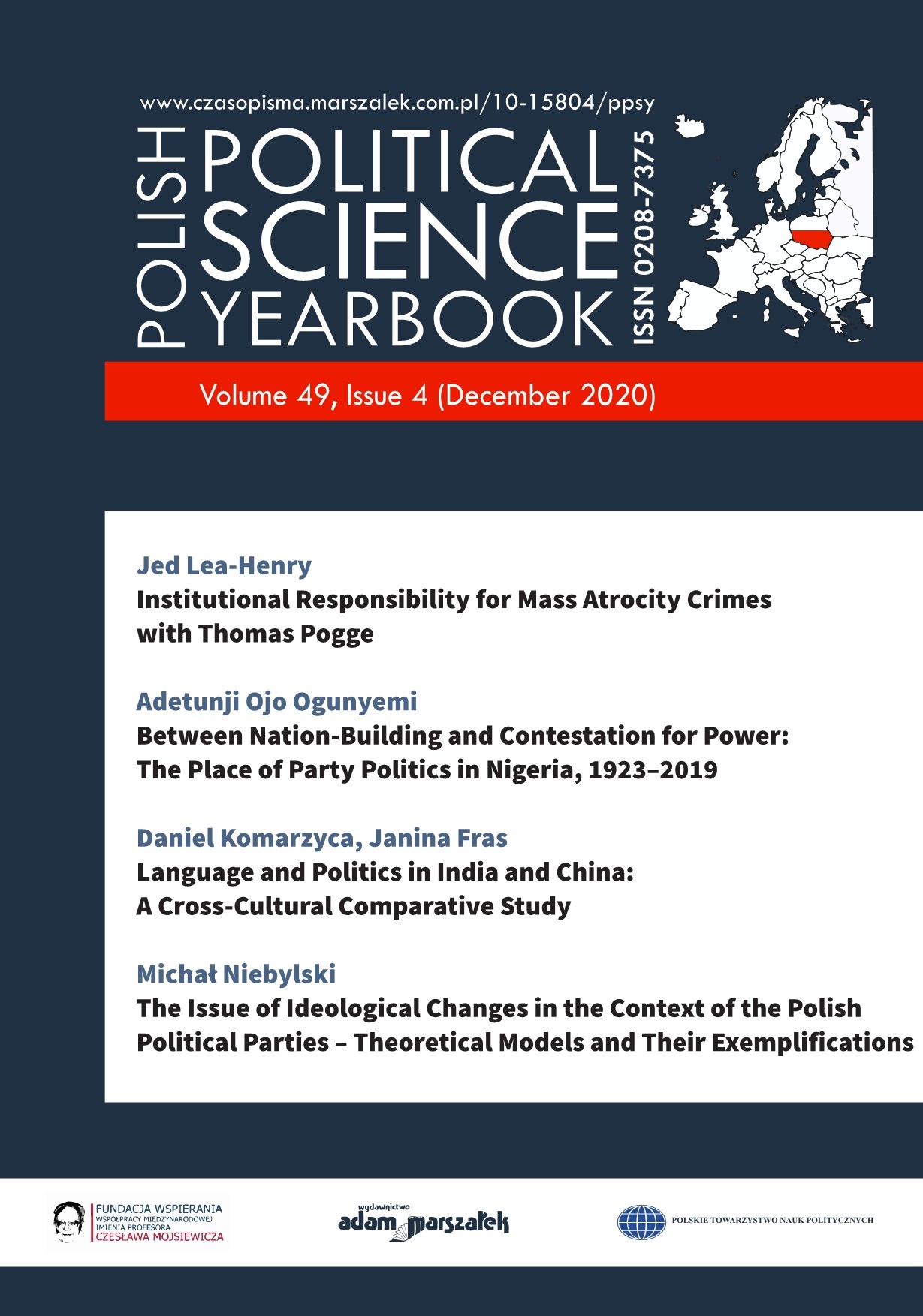Indian and Australian Maritime Security Doctrines in the Indian Ocean Region in the 21st Century. Christian Bueger’s Matrix of Maritime Security Approach
Indian and Australian Maritime Security Doctrines in the Indian Ocean Region in the 21st Century. Christian Bueger’s Matrix of Maritime Security Approach
Author(s): Tomasz ŁukaszukSubject(s): Politics / Political Sciences, Social Sciences
Published by: Wydawnictwo Adam Marszałek
Keywords: Indian Ocean;maritime security;sea power;blue economy;marine environment;human resilience
Summary/Abstract: The article’s purpose is the multidimensional analysis of the evolution of Australia and India’s maritime policies and their impact on the endeavors to develop their maritime cooperation in the 21st century. Two research questions are to be answered in that connection: what changes and why India and Australia introduced to enhance their maritime security doctrines in the 21st century and why those changes contributed to the more in-depth cooperation in the second decade of the 21st century. The hypothesis based on those questions argues that not only the rise of China but also global processes in maritime affairs - such as the growing number of state and non-state actors, as well as the interdependence between the fields of human activities at sea - pushed the littorals like India and Australia to turn their maritime strength from coastal to oceanic and convinced them too to cooperate. That process was accompanied by the convergence of the security perceptions by both countries (India and Australia) and the mutual understanding of common interests in all the elements of modern maritime security. The Christian Bueger’s matrix serves as an explanatory framework to highlight the dynamics and broader context of the changes in India and Australia’s maritime security doctrines in the 21st century. It provides the conceptual framework for explaining closer cooperation between these two countries. The article analyzes India and Australia’s maritime strategies, focusing on four variables from Bueger’s matrix: national security, economic development, marine environment, and human security. In those dependent variables, particular elements of their activities serving as sub-variables are highlighted: in national security - shaping the seapower; in economic development - Illegal, Unreported, and Unregulated (IUU) fishing; in the marine environment - climate change mitigation; in human security - the fight against piracy and human trafficking. The choice of the mentioned elements is justified by their role in Australia and India’s activities within maritime strategies and their influence on other elements of the maritime security matrix. The article starts with a description of Bueger’s matrix in the context of the evolution of the maritime security concept in international relations. The second part outlines the centrality of the Indian Ocean in Indian and Australian modern military and economic security. The third part explores and explains the roots of Indian maritime security thinking, and the fourth investigates the evolution in Australia’s attitude toward maritime affairs. The final part presents the developments in Indo-Australian bilateral cooperation in the 21st century.
Journal: Polish Political Science Yearbook
- Issue Year: 49/2020
- Issue No: 4
- Page Range: 105-127
- Page Count: 23
- Language: English

